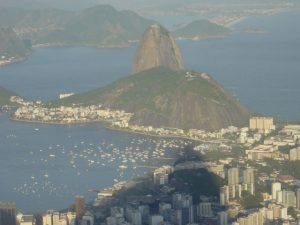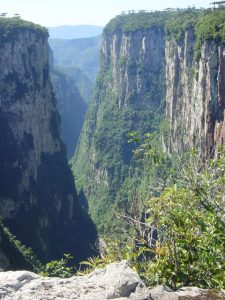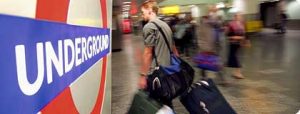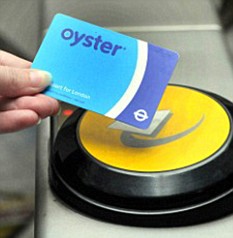
Congratulations to Rio de Janeiro for winning the right to host the 2016 Olympic Games. But is it good or bad for Brazil? What do Brazilians think?
It’s fair to say that there are mixed opinions about hosting the Olympics. There are those that say the Games will boost tourism, improve infrastructure, and reduce crime. Conversely, there are those that are worried about corruption.

Can anyone imagine a more beautiful location and stunning back drop than Rio de Janeiro? Rio is a truly gorgeous city with great beaches, mountains and warm lively hospitable people. But Rio is just one very small part of Brazil, there are other equally amazing places throughout the country that are little known outside of Brazil. If the Olympics bring tourists to Rio, lets hope they find time to visit some of the other incredible places in Brazil (more about these in a later post). Brazil’s tourism potential is sadly currently under-exploited. Brazil boasts stunning natural scenery, in addition to beautiful (and cheap) beaches to mention but two. In fact, those in the northeast of the country that are just a few hours flight from southern Europe and the United States. The Games can only aid in the development of this potential.
There are undoubted concerns after the Pan-American Games of 2007 that the Olympics will be beset with allegations of corruption and wasted expenditure. I have little doubt that there will be some of this, but what major project anywhere in the world doesn’t suffer similar problems (I’m sure Londoners would concur). I hope the various governmental authorities have learnt from the Pan-American Games and find ways to minimise this. There is a deep-set belief among Brazilians that corruption is ever-present. I think that this is in part due to history and in part represents the current behaviour of some politicians and companies. It won’t be easy to convince them otherwise but, with openness and changed policies, maybe this perception can be gradually changed.
Another concern is Rio being left with “White Elephants” that are little used by the citizens. I think if Rio/Brazil can use the games to tap into the potential sporting prowess of a growing population (not just for football/soccer), then this infrastructure will be used. However, it needs to be made available to all sections of society, hence it needs to be cheap to use.
Lastly, there are concerns that the money could be better spent on healthcare, education, housing and other important social issues. This is more difficult to answer. There is progress being made on these fronts, albeit slowly. The problems in Brazil’s big cities are not trivial and there is no quick easy answer, but if the funding for the Olympics improves housing and educations and does something to improve the quality of life of the favela’s (slum’s) inhabitants in Rio de Janeiro, there will be long-term benefits there and, hopefully, elsewhere. There is no doubt that crime is a serious concern and something which will need to be resolved prior to the Olympics in order to reassure the influx of tourists.
My personal opinion is that the Games represent a huge opportunity for Brazil to be recognised for what it is:
- A huge country with enormous economic and touristic potential
- A country with beautiful warm open people, stunning beaches and diverse cultures
So lets hope that the Olympics are a huge success and bring financial and social rewards to Rio and Brazil as a whole.

 To navigate on the Tube is very easy. Each line is colour coded. On the map, the stations where you can change from one line to another are shown as a circle, the non-interchange stations are shown as a ‘tag’. The direction of travel is shown on the front of each train and on signs on each platform. Additionally, it is important to know your north, south, east and west despite the fact that the platforms are labelled as northbound, southbound, eastbound or westbound. To find your way round, you simple follow the colours of the lines/signs and have a general idea if you need to go north or south.
To navigate on the Tube is very easy. Each line is colour coded. On the map, the stations where you can change from one line to another are shown as a circle, the non-interchange stations are shown as a ‘tag’. The direction of travel is shown on the front of each train and on signs on each platform. Additionally, it is important to know your north, south, east and west despite the fact that the platforms are labelled as northbound, southbound, eastbound or westbound. To find your way round, you simple follow the colours of the lines/signs and have a general idea if you need to go north or south.